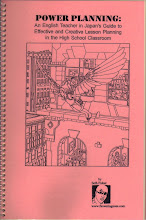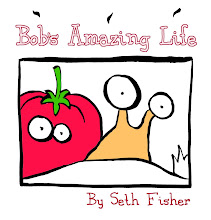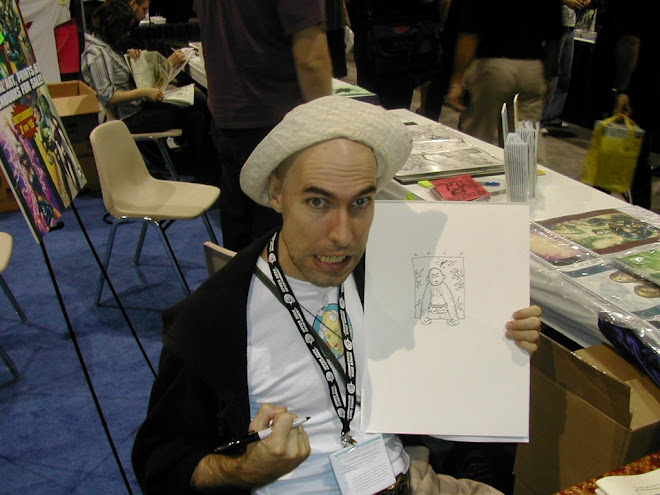 Judith Johnson, PhD, continues:
Judith Johnson, PhD, continues:"In composition, we study the four Gestalt Grouping Principles: proximity, similarity, continuation, and closure. Gestalt means “wholeness” or “unity.” A good illustrator may use some or all of these. When one places objects in close proximity to each other, they have more visual importance and we see them as connected. When shapes (or lines, or colors, or values) in a drawing are similar, they have more visual importance. When lines or shapes repeat (continue) across a page in a pattern, they have greater visual impact. And finally, when an artist leaves the edge of a figure unfinished, our eye tends to “close” the shape, and we are forced to consider it, just as we may remember an advertising jingle in which the last word is left out."
We ask ourselves, are any or all of these gestalt principles used in the illustration? Does the illustrator clump things together? Repeat lines? Use patterns? Or does he leave portions of the outlines of an object not drawn, so we can 'finish' it with our gaze?"
It seems to me that all except the last of these principles is used in full complement in this illustration for the cover of issue 1 of Big in Japan.
1)The stylized cluster of monsters coming toward, and whirling around the Fantastic Four is certainly an exercise in proximity, as--separate though they are--they are all part of a cyclone of creatures and are easily seen as a single unit.
2)They all have patterned bodies, and most of the patterns are similar in size, though not necessarily in shape. Because of this, our eye easily takes them in as an overall pattern of monsterness.
3)Then the repetition of shapes: the waves and squares of the flat monster at the bottom, the scales at the top and bottom echoed by the scales of The Thing in the center (of the front of the wraparound cover)
This whole series is more stylized than anything Seth had done previously, and this cover in particular is a graphic tour de force. The swirl of monsters coming from the top left, which is the back cover of the book, and continuing on down to the front (right) where they seem to tie up the Fantastic Four in their sinuous clutch is so descriptive of the feel of the book, and so visually appealing that it is no wonder that it is one of the most reproduced of all the images that Seth has done. Each of the creatures is clearly separate from the others, yet--especially in black and white--we see them as a monsterly wave of destructive energy.





2 comments:
One of my all time favorite covers! Seth's work is just amazing.
~nick pitarra
Hey Nick, how nice to hear from you!
Yes, this is a gorgeous piece. It was always appealing, but when I sit down with Ms Johnson's notes and look at it with those things in mind, I am astonished at the use Seth made of all these design principles. And he did it just from having a good eye and being willing to do whatever was necessary to make a good picture. The only art classes he ever took were a two-week summer seminar when he was in high school and one college art class (where they told him his work was way too tight and he should try drawing with a stick).
Post a Comment